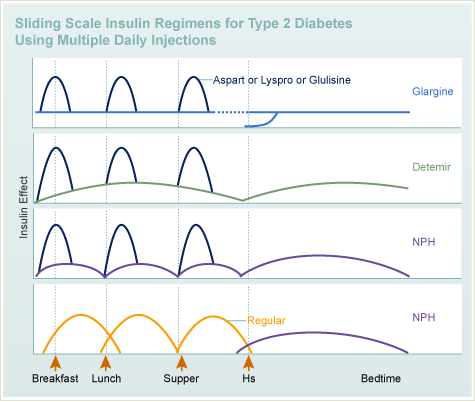 Sliding Scale Therapy :: Diabetes Education Online
Sliding Scale Therapy :: Diabetes Education OnlineEasy before bed routines for people with diabetes Managing diabetes — whether type 1 or type 2 — is a full-time job. Your condition is not exhausted at 5 p.m. when you are ready to take a break. You have to keep your blood sugar checks, medications, exercise, and eating habits all day to keep your disease under control. In fact, you should be attentive to your diabetes until bedtime. Before you put the alarm and settle under the decks every night, here are some bedtime to-do that will help you get more control over your diabetes and sleep healthier. Routine blood sugar checks are an important part of managing your diabetes. Reviewing your blood sugar at bedtime will help you and your doctor know if your medication and other treatments are properly controlling your blood sugar levels during the night. Your blood sugar target at bedtime should be in the range from 90 to 150 milligrams per deciliter (mg/dL). When you live with type 1 or type 2 diabetes, you may have experienced something that experts have named the "harvestphenomeum" or the "harvest effect." Early in the morning—often between the hours of 2 a.m. and 8 a.m.—your blood sugar could increase. This increase in blood sugar could be the result of factors such as: the release of hormones early in the morning that increase insulin resistance, insufficient insulin, or dosing medication the previous night, the meat-bohydrate snack at bedtime, or your liver freeing a glucose explosion at night. To combat the sunrise phenomenon, eat a high-fiber sandwich and low fat content before bed. The whole wheat biscuits with cheese or an apple with peanut butter are two good options. These foods will keep your blood sugar stable and prevent your liver from getting too glucose. Just keep the small portion, so do not exceed the recommended amount of calories or carbohydrates for the day. Eating too much before bed can help increase weight, which is counterproductive when you have diabetes. Food can affect people's blood sugar in different ways. Monitor your blood sugar in the morning to help determine how much and what type of snack can be best for you. Avoid caffeine — coffee, chocolate and soda — within a few hours of sleep. These caffeine foods and drinks stimulate your brain and can keep you awake. In addition, limit alcohol intake, especially if you find that you are disturbing your dream and impacting your blood sugar levels. Exercise helps insulin work more efficiently. Take a walk right after dinner or before bed can help keep your blood sugar under control through the next morning. According to the , exercise too close to the bed can impact how fast you sleep. However, this is not the case for everyone, as some people sleep well after a pre-bed training. Know your body and find what works best for you. To optimize your sleep ability and stay that way all night, your room needs to be quiet, fresh, dark and comfortable. Set the thermostat between 60 ̊F (15.6 ̊C) and 67 ̊F (19.4 ̊C) — the optimal temperature for sleep. Move the lights. Close the tones and curtains so the rising sun won't wake you in the morning. (If the light bothers you, consider installing dark room or blackout curtains.) Move your cell phone to another room or put it in a drawer so that incoming messages and calls do not wake you. If you are sensitive to noise, get a fan or white noise machine, or use plugs to block any unwanted sound. All these things can prepare sleep hormones to kick and help you sleep. People with diabetes have trouble sleeping or sleeping all night long. Nervous pain, frequent thirst, need to urinate, and hunger can keep you awake. You can work with your doctor to control these problems, but one way to maximize your sleep hours is to enter a sleep routine. Just before bed, do something to relax your body and shut your mind to prepare for sleep. Take a hot bath, do some mild yoga, or read a book. Keep the lights down. Turn off all computers, tablets and other electronic devices because they emit a type of blue light that can stimulate your brain. If you can't sleep right away, leave the room and read or do another quiet activity for 15 minutes, then go back to bed and try again. Last medical review on July 7, 2017Read this following
Forum Find questions about levels and take insulin at bedtime

Basal Insulin Injections: 7 Tips for Staying on Track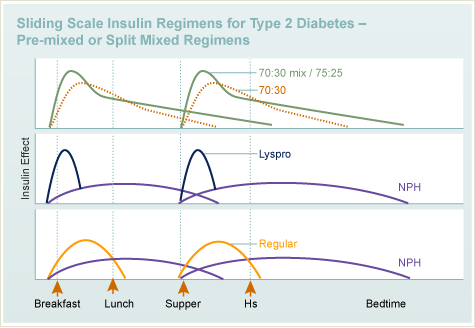
Sliding Scale Therapy :: Diabetes Education Online
Patient education: Type 2 diabetes: Insulin treatment (Beyond the Basics) - UpToDate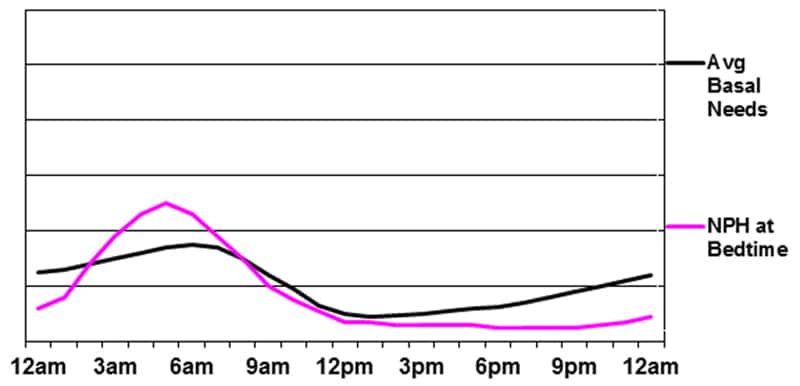
Managing Dawn Phenomenon with Basal Insulin | Diabetes Strong
Insulin Management of Type 2 Diabetes Mellitus - American Family Physician
Insulin: Types of Insulin, Needles, Pumps, Pens, and Why Insulin is So Expensive - Types of insulin, administration with needles, pumps, pens, and why insulin is so expensive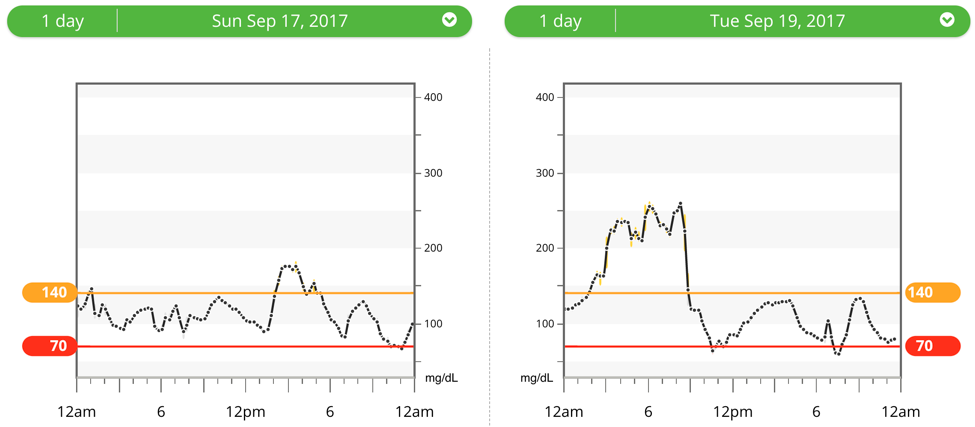
The Overnight Blood Sugar Conundrum | diaTribe
Sleeping Aids and Diabetes | DiabetesMine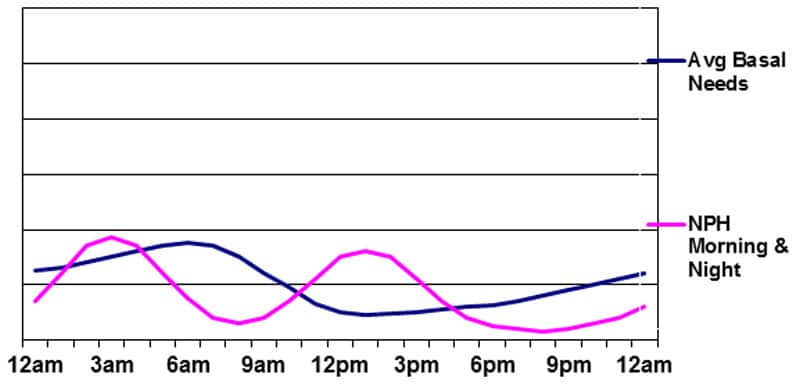
Managing Dawn Phenomenon with Basal Insulin | Diabetes Strong![insulin_regimens [TUSOM | Pharmwiki] insulin_regimens [TUSOM | Pharmwiki]](https://tmedweb.tulane.edu/pharmwiki/lib/exe/fetch.php/insulin_basal.png?w=600&tok=7f2d35)
insulin_regimens [TUSOM | Pharmwiki]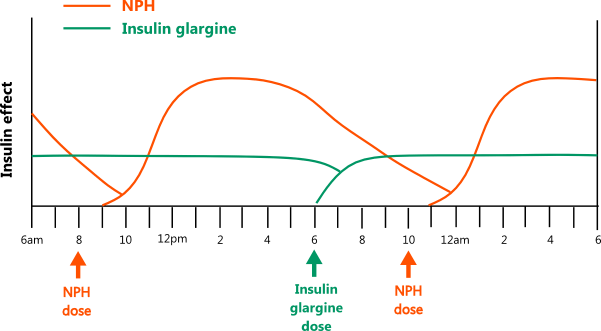
Insulin dosing
Type 2 Diabetes and Insulin | Diabetes Self-Management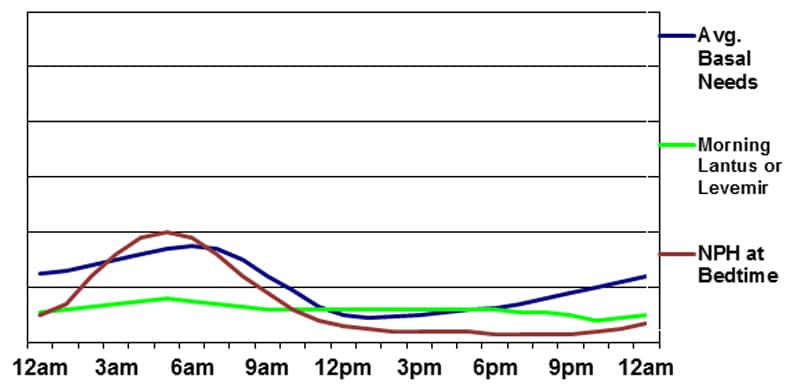
Managing Dawn Phenomenon with Basal Insulin | Diabetes Strong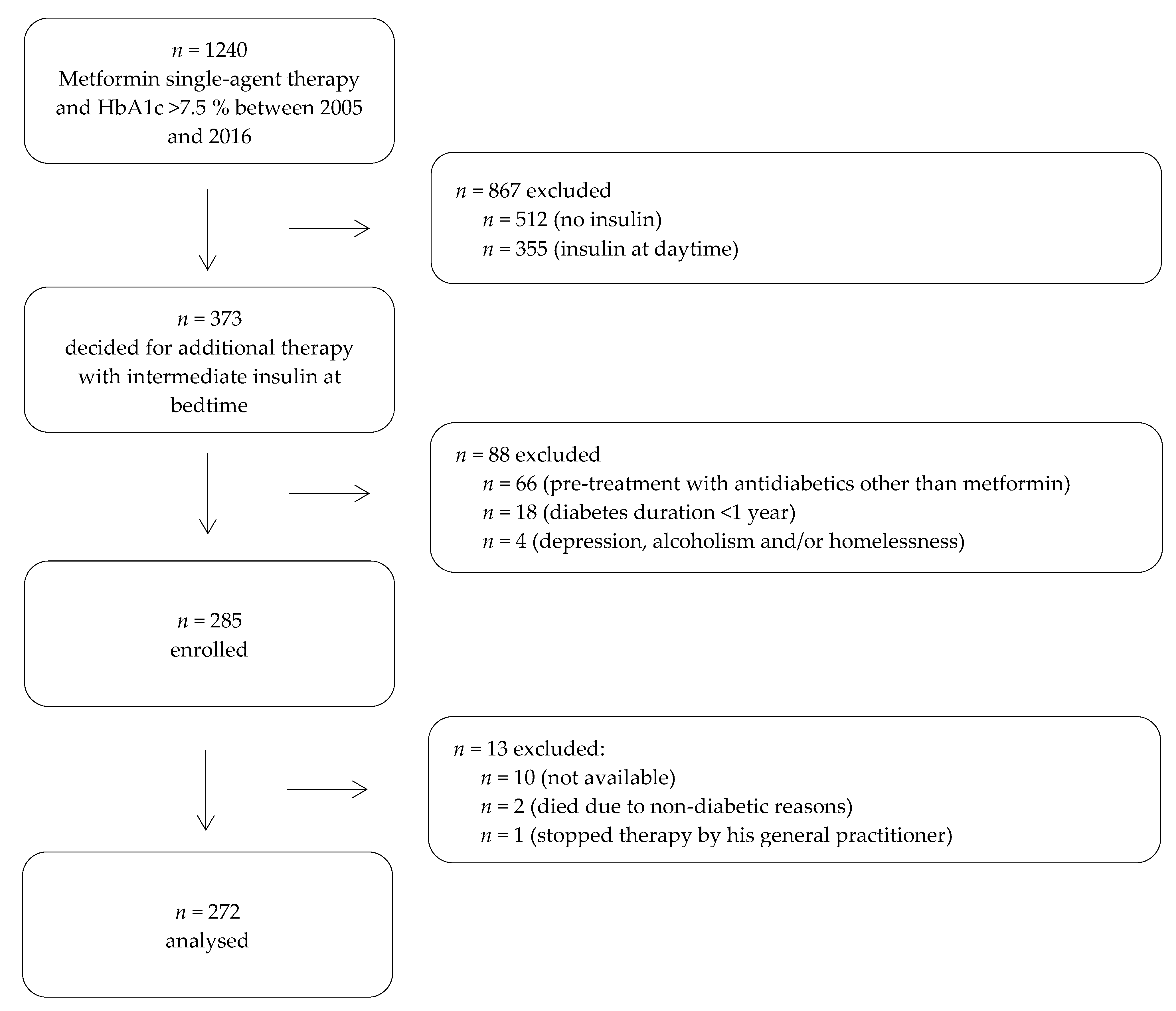
JCM | Free Full-Text | Successful Treatment with Bedtime Basal Insulin Added to Metformin without Weight Gain or Hypoglycaemia over Three Years | HTML
Comparison of lunch and bedtime NPH insulin plus mealtime insulin Lispro therapy with premeal regular insulin plus bedtime NPH insulin therapy in type 2 diabetes - Diabetes Research and Clinical Practice
Insulin: Types of Insulin, Needles, Pumps, Pens, and Why Insulin is So Expensive - Types of insulin, administration with needles, pumps, pens, and why insulin is so expensive
Pharmacokinetics and Pharmacodynamics of Insulin Glargine Given in the Evening as Compared With in the Morning in Type 2 Diabetes | Diabetes Care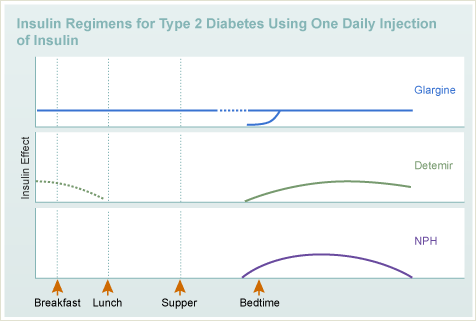
Sliding Scale Therapy :: Diabetes Education Online
Monitoring blood sugar levels
Diabetes Educational Tool
Diabetes: Just the Basics
Insulin Management of Type 2 Diabetes Mellitus - American Family Physician
Pharmacokinetics and Pharmacodynamics of Insulin Glargine Given in the Evening as Compared With in the Morning in Type 2 Diabetes | Diabetes Care
Type 1 Diabetes Mellitus and the Use of Flexible Insulin Regimens - American Family Physician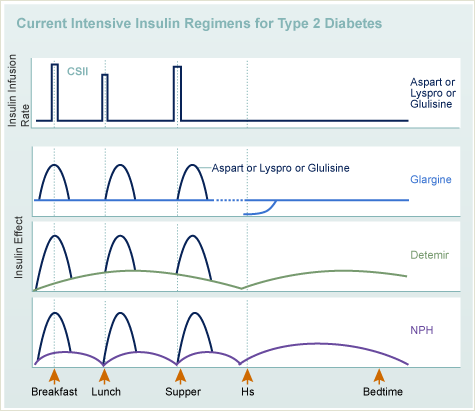
Designing An Insulin Regimen :: Diabetes Education Online![Figure 7a. [Bedtime NPH and Regular Insulin with Meals]. - Endotext - NCBI Bookshelf Figure 7a. [Bedtime NPH and Regular Insulin with Meals]. - Endotext - NCBI Bookshelf](https://www.ncbi.nlm.nih.gov/books/NBK278938/bin/insulin-pharmacology-Image012.jpg)
Figure 7a. [Bedtime NPH and Regular Insulin with Meals]. - Endotext - NCBI Bookshelf
Insulin Adjustments - Diabetes Educators Calgary
Once-weekly dulaglutide versus bedtime insulin glargine, both in combination with prandial insulin lispro, in patients with type 2 diabetes (AWARD-4): a randomised, open-label, phase 3, non-inferiority study - The Lancet
Insulin – Pharmacology, Therapeutic Regimens, and Principles of Intensive Insulin Therapy - Endotext - NCBI Bookshelf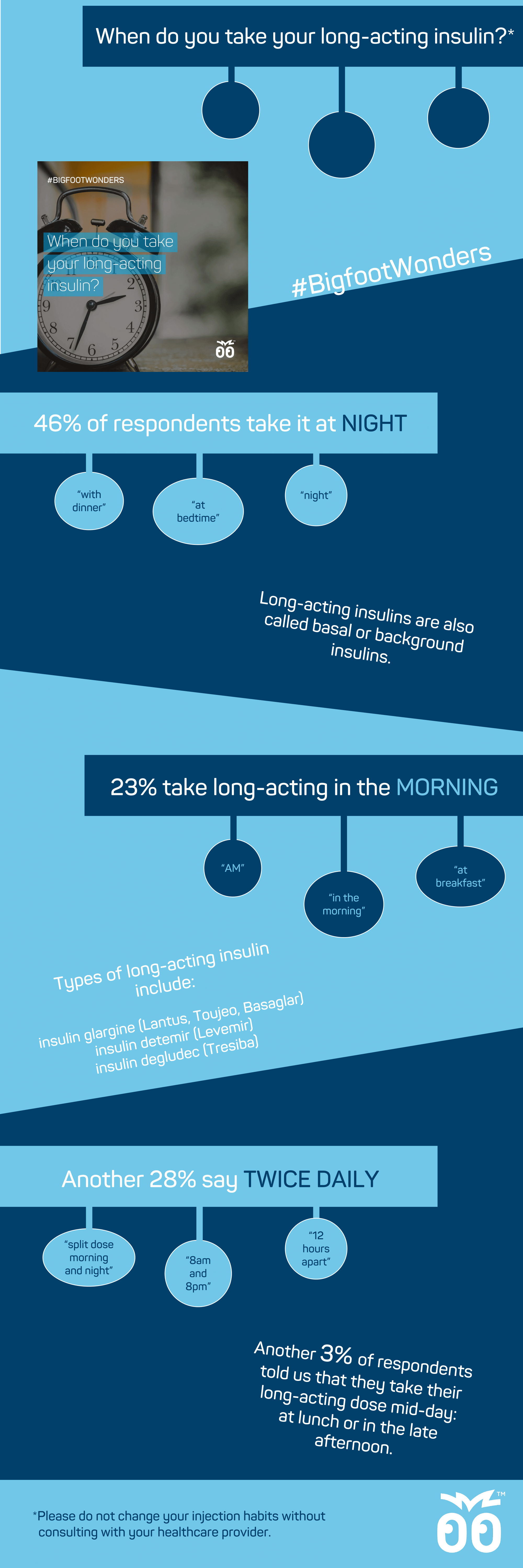
When do you take your long-acting insulin?
Is Your Fasting Blood Sugar High Every Morning? - Type Me Diabetes
Insulin Therapy: A Personal Approach. - Abstract - Europe PMC
8 Strategies for Better Sleep When Managing Diabetes | Everyday Health
PDF) Randomized Controlled Trial of Insulin Supplementation for Correction of Bedtime Hyperglycemia in Hospitalized Patients With Type 2 Diabetes
Chronic Somogyi rebound - Wikipedia
Insulin Therapy for Type 2 Diabetes: Rescue, Augmentation, and Replacement of Beta-Cell Function - American Family Physician
Step-Wise Dosing and Titration of Insulin for Type 2 Diabetes in the Ambulatory Setting
Took wrong insulin before bed last night. Took my dose of long acting but with short acting. I immediately realized my mistake but made for a bad night. : diabetes
Insulin for gestational diabetes • Gestational Diabetes UK
First step into insulin therapy How to start
 Sliding Scale Therapy :: Diabetes Education Online
Sliding Scale Therapy :: Diabetes Education Online








![insulin_regimens [TUSOM | Pharmwiki] insulin_regimens [TUSOM | Pharmwiki]](https://tmedweb.tulane.edu/pharmwiki/lib/exe/fetch.php/insulin_basal.png?w=600&tok=7f2d35)













![Figure 7a. [Bedtime NPH and Regular Insulin with Meals]. - Endotext - NCBI Bookshelf Figure 7a. [Bedtime NPH and Regular Insulin with Meals]. - Endotext - NCBI Bookshelf](https://www.ncbi.nlm.nih.gov/books/NBK278938/bin/insulin-pharmacology-Image012.jpg)












Posting Komentar untuk "taking insulin at bedtime"